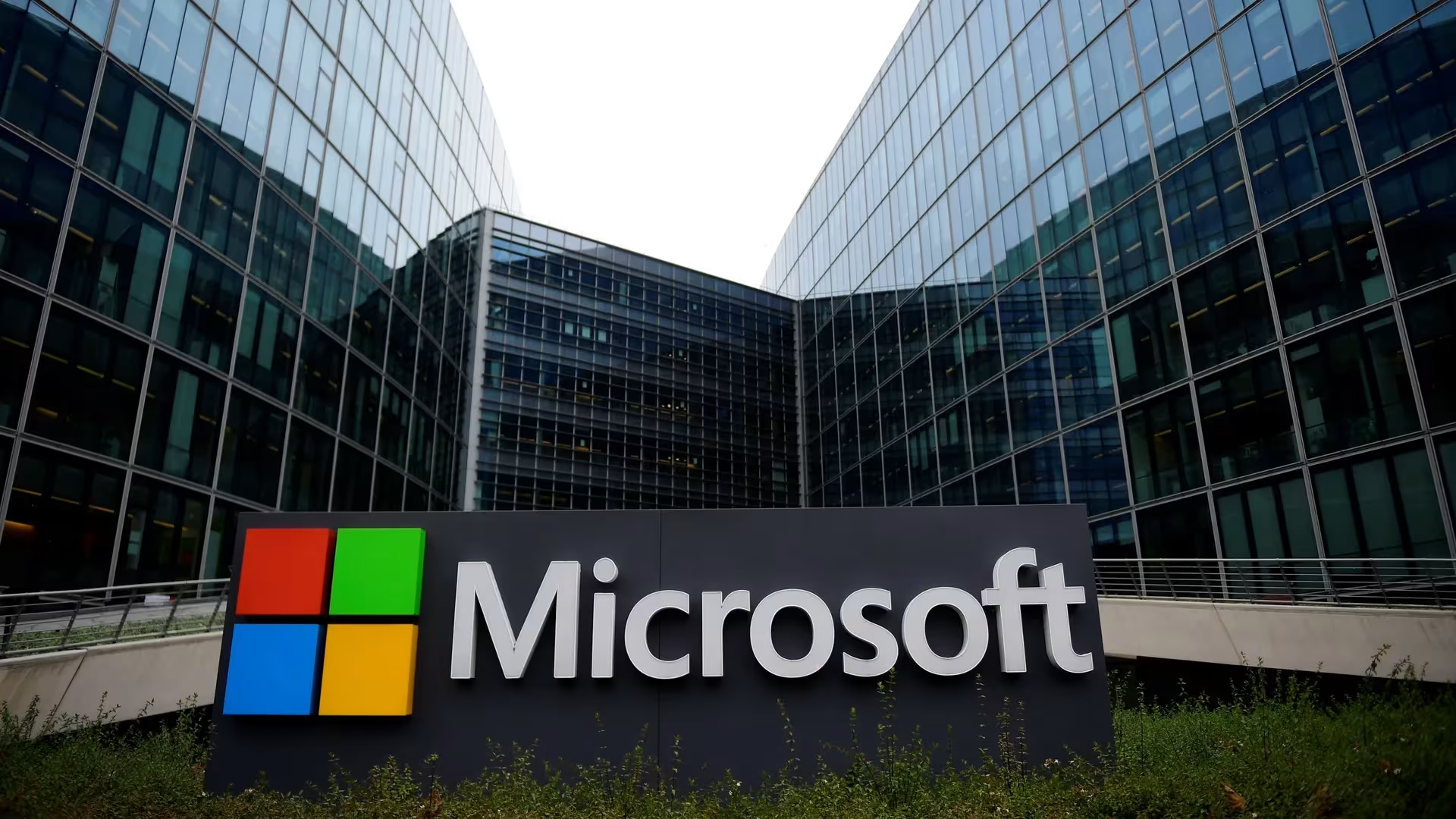The Birth of Prime Day
Amazon Prime Day first launched on July 15, 2015, as a celebration of Amazon’s 20th anniversary. Designed to rival Black Friday, the event offered exclusive deals for Prime members, and it quickly grew in popularity. Initially, Prime Day lasted for just 24 hours, but due to the massive consumer demand, it has since expanded into a multi-day shopping extravaganza. The success of Prime Day stems from its focus on deep discounts, making it a global event for deal hunters.
Record Numbers of Shoppers
As of recent years, Amazon Prime Day has become a significant event in the retail calendar. In 2023, over 375 million items were purchased by consumers during the event, generating billions in revenue for the retail giant. The growth of Amazon’s membership base, which now exceeds 200 million Prime members worldwide, has fueled this surge. The event is no longer just a day or two of sales—it’s an opportunity for brands to showcase products and for consumers to score massive discounts.
The Copycats: Retailers Following Suit
Amazon’s success with Prime Day has inspired many other retailers to launch their own versions of exclusive shopping events. For example, Walmart now offers “Walmart+ Week,” designed to compete directly with Amazon’s Prime Days. Target also hosts its “Target Deal Days,” which provide similar discounts across a wide range of categories. Other players like Best Buy and eBay have introduced similar sales events, ensuring that the competitive landscape of retail stays fierce during these periods.
The success of Amazon Prime Day has sparked a feverish shopping culture that extends far beyond just one company, pushing the entire retail industry to redefine its approach to online sales events.




